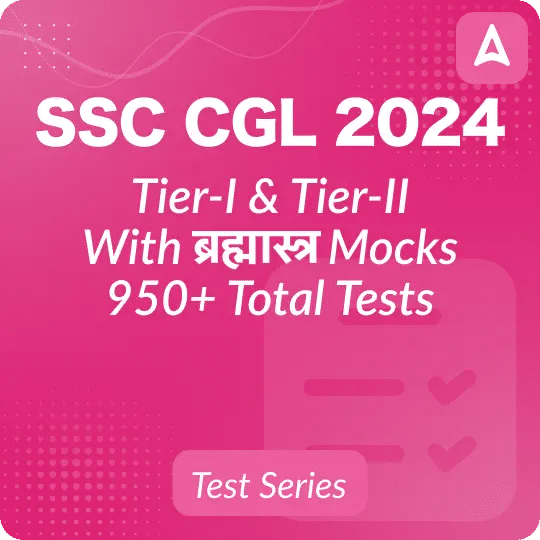SSC CGL Exam Analysis 2024 Tier 1 Shift 2
The Staff Selection Commission (SSC) is currently conducting the Combined Graduate Level (CGL) Tier 1 Examination 2024 across various centers nationwide. The SSC CGL Tier 1 Exam 2024 is being held from September 9 to September 26, 2024, with multiple shifts each day. This analysis focuses on the second shift of September 10, 2024 (Day 2). This article provides a detailed analysis of the second shift on the second day of the exam, offering valuable insights for candidates preparing for upcoming shifts.
SSC CGL 2024 Exam Pattern
Staff Selection Examination will be conducted in a computer-based test (CBT) format, and the questions will be in both Hindi and English languages. Candidates can choose the language of their preference while attempting the exam. The overall exam pattern is tabulated below.
| Subject | No. of Questions | Marks | Duration |
|---|---|---|---|
| General Intelligence & Reasoning | 25 | 50 | 60 minutes |
| General Awareness | 25 | 50 | |
| Quantitative Aptitude | 25 | 50 | |
| English Comprehension | 25 | 50 | |
| Total | 100 | 200 |
Note: There is a negative marking of 0.5 marks for each incorrect answer.
Overall Difficulty Level and Good Attempts
Based on candidate feedback who have given examination in the second shift of 10th September 2024, In the table below we have provided the overview of the difficulty level and recommended good attempts for each section. Candidates who are falling in these ranges should start their SSC CGL Tier 2 Preparation at the earliest.
| Section | Difficulty Level | Good Attempts |
|---|---|---|
| General Intelligence and Reasoning | Easy to Moderate | 21-23 |
| General Awareness | Moderate | 18-20 |
| Quantitative Aptitude | Moderate | 17-19 |
| English Comprehension | Easy | 20-22 |
| Overall | Easy to Moderate | 76-84 |
SSC CGL Exam Analysis 2024 – Click here to Check All Shifts (9th September)
Section-wise Analysis
The candidates who have appeared in the second shift of the SSC CGL Tier 1 Exam on 10th September 2024 have shared a number of memory-based questions that were asked in the different sections of the paper. We have compiled this information and provided the list of such questions below for the reference of the candidates who will be appearing in the upcoming shifts. By reviewing these memory-based questions, candidates can gain insights into the types of questions that may be asked and focus their studies accordingly.
General Intelligence and Reasoning
It is the most scoring section of SSC CGL Tier 1 Examination, the solution to most of these questions can be arrived at by using the option elimination technique. Candidates can check important questions and topics for this section below.
General Awareness
Question in this section are asked from various subjects like history, geography, polity, economics and static Gk. Most variation in Scores occurs in this section only. Candidate can guess important topics for upcoming from the below questions.
Quantitative Aptitude
Question in this section asked from Arithmetic and Advanced maths topics, according to previous day exam analysis calculative questions are asked in this section so candidate must check important topics and types of question below.
English Comprehension
Questions asked in this section of the Tier 1 Paper test the candidates’ hold on concepts of vocabulary, grammar and comprehension. The memory-based questions asked in this section are listed below.
Preparation Strategy for Upcoming Shifts
- Practice time management: With only 60 minutes for 100 questions, speed and accuracy are crucial. because in maths calculative questions are asked that are time consuming.
- Focus on high-yield topics: Check questions that appeared in previous day shifts and prepare topics according to that.
- Enhance vocabulary: Analyzing previous day shift we found that in English sections more questions are asked form vocabulary section, so focus on that.
- Solve memory based tests: This will help you get familiar with the type of questions asked in previous you can attempt previous day memory based test from the below links.
Source link


